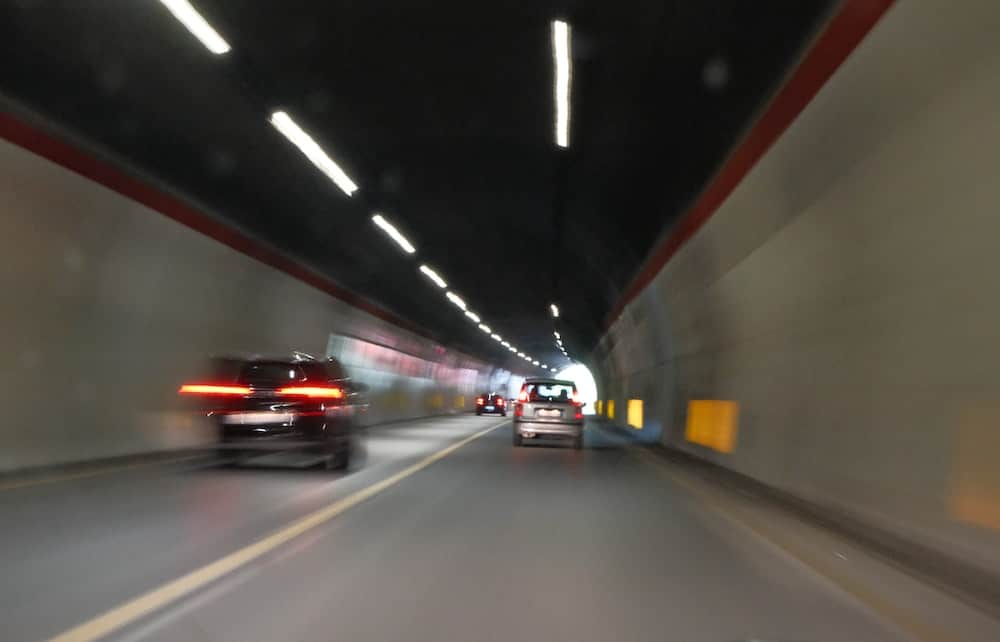There can be no doubt that driving at excessive or inappropriate speed is really dangerous. Speeding is one of the biggest risk factors on the road, second only to distracted driving and alcohol. The three factors that make driving at high speeds so dangerous are: firstly, that the distance at which we are able to react to any unforeseen event on the road is much smaller, secondly, that the consequences of any collision are much more serious than if the collision occurs at a safe speed and, finally, due to the little-known ‘tunnel effect’.
What is the tunnel effect?
In essence, tunnelling refers to the inverse relationship between driving speed and field of vision. The faster a vehicle travels down the road, the less visual space the driver’s eye is able to capture. In other words, if something happens outside that field of vision, the risk of suffering a traffic accident substantially increases … because we will not see it coming.
On a motorway, as speed increases, traffic signs and other vehicles become more difficult to distinguish. On an urban road, what “disappears” from our sight are the pedestrians. As if this were not enough, we can also remember what we said before: the speed of the vehicle also reduces our ability to anticipate and react and makes an eventual collision noticeably more serious.
The static field of vision of human beings is approximately 180º. However, as speed increases, that angle closes. At a reduced speed, about 35 km/h or so, the driver’s vision covers about 104º on the horizontal axis; At 65 km/h, the field of vision drops to 70º and at 100 km/h it is reduced to 42º.
The situation becomes high risk when the legal limits are exceeded on Spanish roads. From 130 km/h onwards, the viewing angle closes to 30º and outside of this tunnel all sharpness is lost. At higher speeds, such as 150 km/h, the field becomes even smaller, and drivers can barely perceive what is happening within the central 18º of their vision. It goes without saying that driving at these speeds is highly inadvisable… and not only because of the fine that could result.
To avoid the tunnel effect, it is important to moderate your driving speed, always respecting the speed limits imposed by the General Directorate of Traffic for each section of road. In this way, the field of vision will be adequate, and if drivers respect the safety distance with the vehicle in front and the braking system of their car works as it should, they will be able to react in time and safely to any unforeseen event that may occur.
The post What is the ‘tunnel effect’ and how does it affect our driving? first appeared on N332.es – Driving In Spain.





